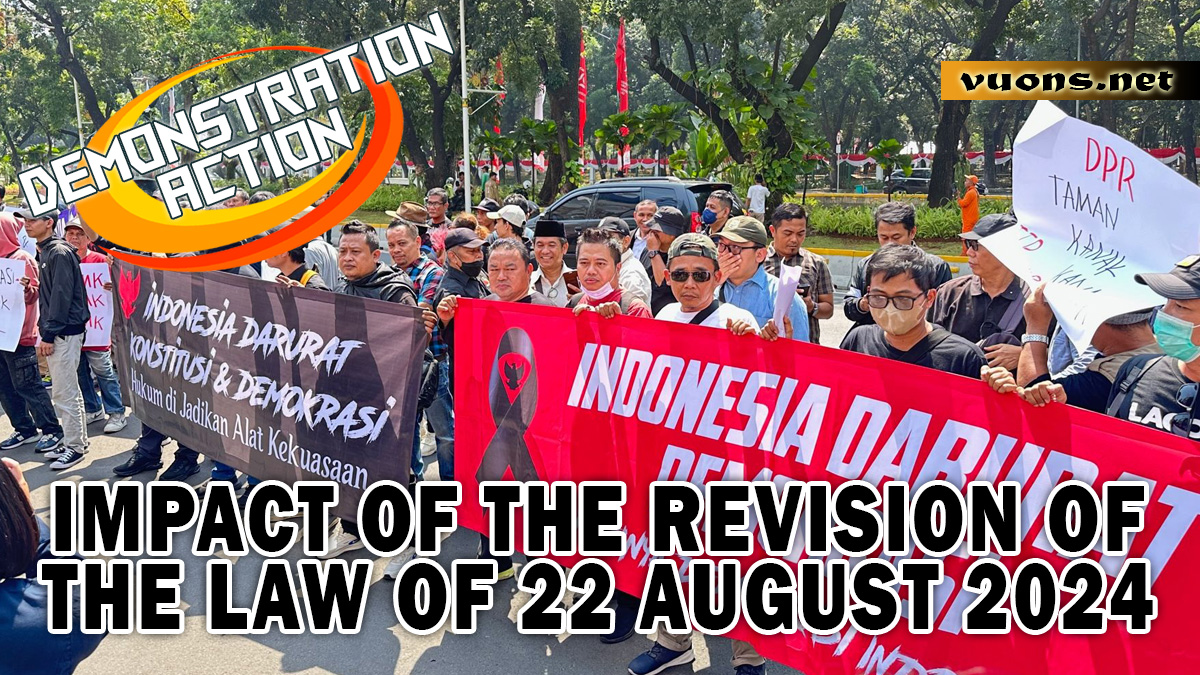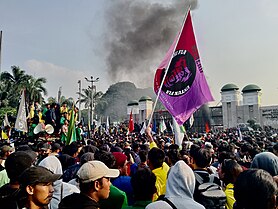August 22: When the People Unite in Demonstrations
Simultaneous Actions in Various Cities Show Public Dissatisfaction
On August 22, thousands of citizens from various regions in Indonesia took to the streets to voice their aspirations. Simultaneous actions in various cities show public dissatisfaction with various issues currently being faced by society, such as social injustice, economic Policies and government regulations that are considered detrimental.
This demonstration was attended by various elements of society, from students, workers, to environmental activists. They voiced various demands, ranging from improving the education and health systems, fairer law enforcement, to more serious handling of the environmental crisis. Through various banners, posters and speeches, the demonstrators expressed their concerns about the nation’s future.
In Jakarta, demonstrations were centered in front of the parliament building, where thousands of demonstrators gathered to express their aspirations directly to the people’s representatives. Meanwhile, in other big cities such as Surabaya, Bandung and Medan, demonstrations took place in city squares and local government offices. Although most of the demonstrations were peaceful, several incidents of minor clashes with security forces could not be avoided.
This movement is also supported by a massive social media campaign. Various hashtags such as #ReformDicorruption and #SuaraRakyat became trending on Twitter, showing the great public attention to the issues raised in the demonstration. The use of social media as a platform to coordinate action and disseminate information also shows how technology plays an important role in modern social movements.
This simultaneous action marks an important moment in the history of social movements in Indonesia, reminding the government to be more sensitive to the aspirations of the people. The public dissatisfaction expressed in this action is a signal that there are many things that need to be addressed in order to create social justice and prosperity for the entire community.
The Role of Social Media in Mobilizing the Masses at the August 22 Action
Social media played an important role in mobilizing the masses at the August 22 rally, demonstrating the power of digital platforms in shaping public opinion and organizing mass actions. The role of social media in mobilizing the masses at the 22 August demonstration cannot be underestimated, because it is the main communication tool for activists, students and community groups to gather and voice their aspirations.
Before the action started, various posts on social media such as Twitter, Instagram and Facebook were used to disseminate information regarding the action plan, location and demands that would be voiced. Hashtags such as #Aksi22August and #PeopleBersatu became trending, showing the level of public attention to the issues raised. Social media is also used to share digital posters, video calls, and personal stories that stir emotions and encourage participation.
On the day of the action, social media again became the main tool for coordinating mass movements. Through instant messaging applications and direct uploads, demonstrators provide each other with the latest information about the situation on the ground, the location of security forces, and changes in strategy. This allows demonstrations to be more organized and effective, even though they are held in various big cities in Indonesia.
Apart from that, social media also provides a platform for demonstrators to broadcast their actions live. With live streaming, people in various parts of the country, even the world, can see what is happening in real-time. This not only increases transparency, but also adds pressure on authorities to handle the action carefully and professionally.
Government Response to the August 22 Demonstration Wave
The wave of demonstrations that occurred on August 22 in various big cities in Indonesia attracted widespread attention, including from the government. The government’s response to the wave of demonstrations on August 22 shows how the authorities respond to criticism and demands voiced by the public. These demonstrations were driven by various issues, ranging from dissatisfaction with economic policies to demands for fairer legal reforms.
From the start, the government tried to reduce tensions by inviting dialogue and discussions with representatives of the demonstrators. Through official statements, several state officials stated that they heard and understood the people’s concerns. They also promised to review several policies that were considered controversial and caused unrest in society.
The government also uses the media to provide information to the public about the steps it is taking. Relevant ministers actively provide press statements, inviting the public to remain calm and not be easily provoked by false information. Through official channels and social media, the government is trying to explain the policies that are the source of dissatisfaction and emphasize their commitment to evaluation and improvement.
Overall, the government’s response to the August 22 wave of demonstrations reflects its efforts to maintain stability while responding to public demands. Although there has been some criticism of the way the action was handled, the demonstrated efforts at dialogue and openness are important steps in overcoming this crisis. It is hoped that the government will be wiser in dealing with people’s aspirations to prevent further tensions.
Analysis of the Political Dynamics Behind the August 22 Demonstration
The demonstrations that took place on August 22 in various big cities in Indonesia were not only a means of conveying public aspirations, but also reflected the complexity of the political dynamics taking place behind the scenes. Analysis of the political dynamics behind the August 22 demonstration reveals interactions between various interests, including political actors, civil society organizations, and activist groups that have different goals.
On the one hand, this demonstration shows public dissatisfaction with various government policies, especially those related to the economy and law. Many of the action participants came from community groups who felt they were not represented by government decisions. This reflects the tension between public policies that are perceived as not being pro-people and the public’s desire for change that is more favorable to their interests.
However, on the other hand, there are also indications that some political actors are taking advantage of this momentum for their own interests. By supporting or even participating in the action, they hope to increase their popularity and support base amidst the heated situation. Some parties consider this a political strategy to show that they are on the side of the people in facing crucial issues.
In addition, the involvement of civil society organizations and activist groups shows that there is a wider coordination network behind these demonstrations. Social media was used effectively to organize actions and spread uplifting messages. This shows how modern technology plays a role in connecting groups with common interests, even though they have diverse backgrounds.




